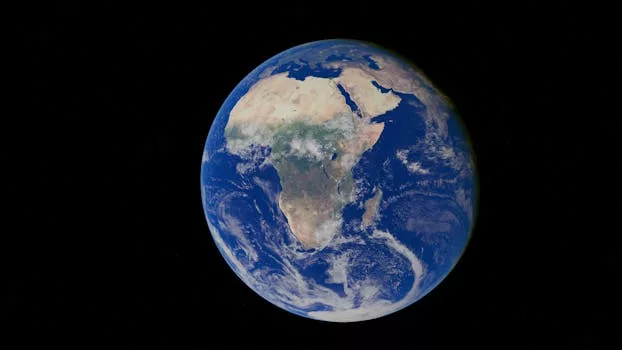
“
From Stardust to Dreams: Imagining Life Beyond the Stars
Introduction to the Cosmos and the Possibility of Life
From Stardust to Dreams: Imagining Life Beyond the Stars is a fascinating topic that has captured human imagination for centuries. The possibility of life existing beyond our planet is a concept that has been debated and explored by scientists, philosophers, and science fiction writers. As we continue to explore the universe and gather more information about the cosmos, we are forced to rethink our place in the grand scheme of things and to consider the possibility of life existing elsewhere.
The universe is a vast and complex system, comprising billions of galaxies, each containing billions of stars and planets. The discovery of exoplanets, which are planets that orbit stars other than the Sun, has opened up new avenues for the search for life beyond Earth. With the help of advanced telescopes and spacecraft, scientists have been able to study the conditions on these exoplanets and to determine whether they might be capable of supporting life.
The Search for Life Beyond Earth
The search for life beyond Earth is an ongoing and challenging task. Scientists use a variety of methods to search for signs of life, including the detection of biosignatures, which are signs of biological activity, such as the presence of oxygen or methane in a planet’s atmosphere. They also study the conditions on exoplanets, such as temperature, pressure, and the presence of liquid water, to determine whether they might be capable of supporting life.
One of the most promising areas of research is the study of exoplanets that orbit stars similar to the Sun. These planets, known as Earth-like planets, are thought to be the most likely to support life. Scientists have discovered several Earth-like planets in recent years, including Kepler-452b, which is a planet that orbits a star similar to the Sun and is about 60% larger in diameter than Earth.
The Implications of Life Beyond Earth
The discovery of life beyond Earth would have significant implications for our understanding of the universe and our place in it. It would suggest that life is not unique to Earth and that the emergence of life might be a common occurrence in the universe. This would raise important questions about the nature of life and the possibility of intelligent life existing elsewhere in the universe.
The discovery of life beyond Earth would also have significant implications for the search for extraterrestrial intelligence (SETI). If we were to discover evidence of intelligent life elsewhere in the universe, it would raise important questions about the possibility of communication with other civilizations and the potential for cooperation or conflict. For more on this topic, check out Soaring Through the Cosmos.
Conclusion and Takeaways
In conclusion, the possibility of life existing beyond our planet is a fascinating topic that continues to capture human imagination. While we have not yet found definitive evidence of life beyond Earth, the search for life is an ongoing and challenging task that is driven by our curiosity about the universe and our place in it.
Takeaways:
- The universe is a vast and complex system, comprising billions of galaxies, each containing billions of stars and planets.
- The discovery of exoplanets has opened up new avenues for the search for life beyond Earth.
- Scientists use a variety of methods to search for signs of life, including the detection of biosignatures and the study of conditions on exoplanets.
- The discovery of life beyond Earth would have significant implications for our understanding of the universe and our place in it.






